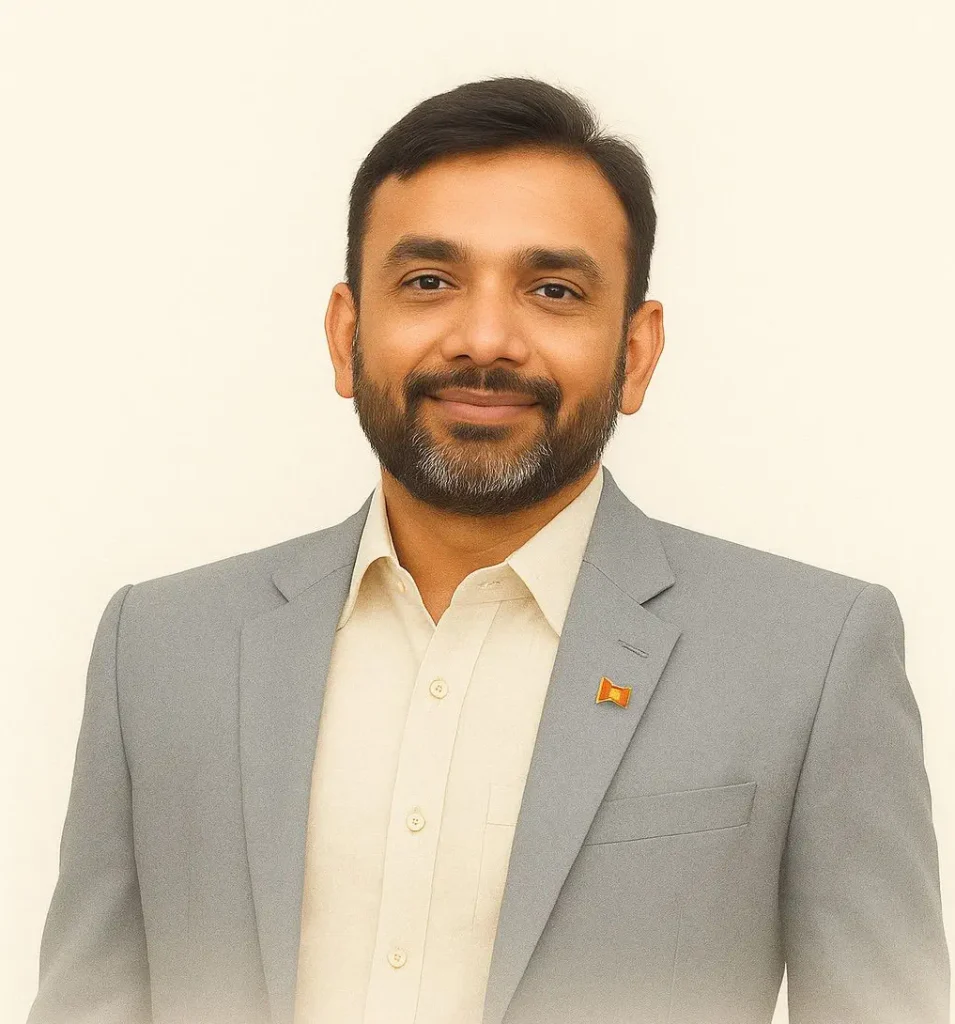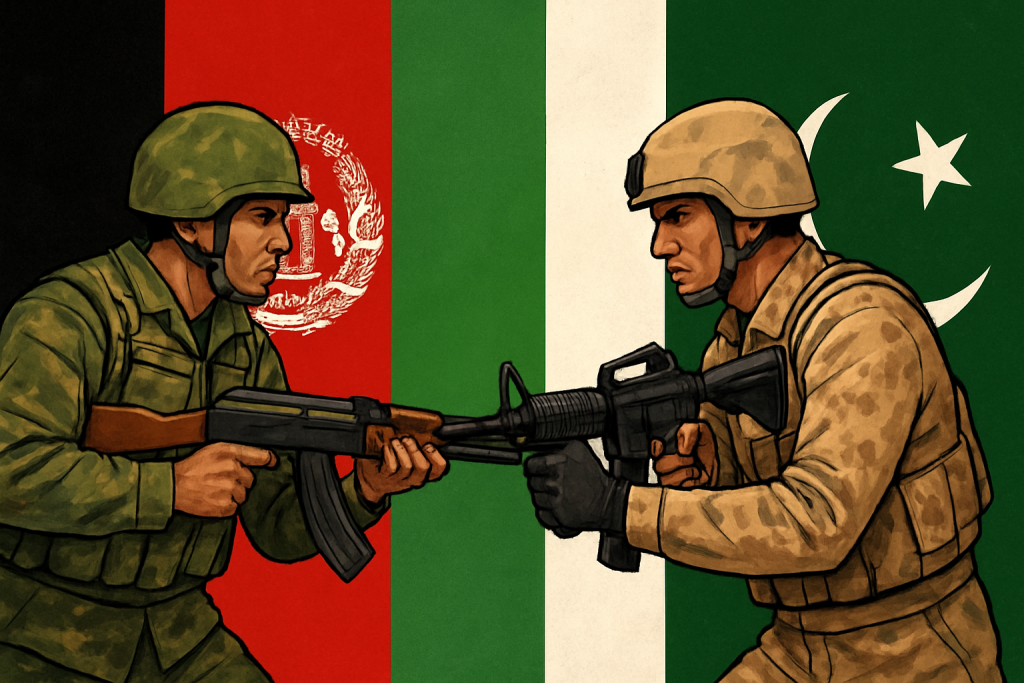Surface Story: A Border Clash Between Neighbors
To most observers, the current Afghanistan–Pakistan conflict appears to be yet another border dispute — a continuation of decades of hostility along the Durand Line. Pakistan justifies its airstrikes on Kabul as “anti-terror operations” against Tehreek-e-Taliban Pakistan (TTP) leaders allegedly sheltered in Afghanistan. Afghanistan, in response, has launched a strong military retaliation, destroying several Pakistani posts and inflicting heavy casualties.
On the surface, it looks like revenge, nationalism, and an unresolved territorial issue.
But beneath this visible tension lies a deeper, far more strategic game — one involving rare earth minerals, global powers, and the new trade corridors of Asia.
Underground Facts: The Real Battle Over Rare Earth and Geopolitical Control
The real story begins with Munir’s secret meeting with former U.S. President Donald Trump, reportedly revolving around rare earth mineral reserves in Balochistan. These minerals — essential for modern electronics, defense technology, and clean energy — have turned Pakistan’s arid mountains into a new geopolitical goldmine.
Trump, always the dealmaker, proposed a U.S.-backed exploration and mining agreement through private American firms, under the pretext of “strategic investment in South Asia.” In exchange, he allegedly pressured Afghanistan to grant access to the Bagram Air Base, aiming to re-establish U.S. influence in the heart of Asia.
However, Kabul refused.
Afghanistan, backed by Russia, China, India, and even sections within Pakistan’s establishment, met in Moscow to form a counter-strategy — rejecting U.S. military re-entry and aligning with the emerging Eurasian bloc’s economic framework.
Chronology of Escalation
1. Munir–Trump Meeting (Early 2025):
Pakistan’s Army Chief meets Trump, discussing rare earth exploration and U.S. return to South Asia.
2. Trump’s Threat to Afghanistan:
He warns Kabul to “cooperate” or face strategic isolation, demanding the Bagram base.
3. Moscow Meeting:
Afghanistan, Russia, China, India — and surprisingly, some Pakistani observers — gather in Moscow, opposing U.S. re-entry plans.
4. Pakistan Air Strike on Kabul:
Under the guise of targeting the TTP leader, Pakistan conducts air raids near Kabul, allegedly coordinated with certain Western interests.
5. Afghanistan Retaliates:
The Taliban government’s forces strike back at multiple border posts, killing dozens of Pakistani soldiers.
6. Afghan Foreign Minister Visits Delhi:
Afghanistan shows open diplomatic warmth toward India, backing India’s position on Kashmir, and hinting at a new trade corridor through PoK, bypassing Pakistan’s control.
7. Pakistan’s Political Panic:
Islamabad faces both military and diplomatic isolation. The foreign minister appeals to Trump to “mediate and stabilize the situation.”
8. Trump’s Re-entry into the Scene:
As tensions mount, Trump seeks to rebrand himself as a global peacemaker — re-engaging the region not for peace, but to secure rare earth access and revive American strategic leverage.
Deeper Implications
• Rare Earth Politics:
The Balochistan–Afghanistan mineral belt is emerging as a new “Silk Road of Resources.” Whoever controls this zone will control the global supply chain for high-tech materials.
• India’s Strategic Advantage:
With Afghanistan’s growing diplomatic tilt toward India and plans for a trade route through PoK, New Delhi is quietly positioned as a stabilizing yet decisive player in the new Eurasian logistics web.
• China and Russia’s Interest:
Both see the U.S. push as a threat to their Eurasian Economic Corridor (EEC) and Belt and Road projects — explaining Moscow’s quick coordination with Kabul and Delhi.
• Pakistan’s Gamble:
In chasing Western recognition and financial leverage, Pakistan risks internal instability and loss of regional trust — especially as its own provinces, including Balochistan, resist federal exploitation of natural resources.
Beneath Every Conflict Lies a Corridor
The Afghanistan–Pakistan border clash is not merely about terrorism or revenge — it is about control of geography, geology, and global supply chains.
What appears as a border war is actually a struggle for the new economic world order, fought with the weapons of minerals, influence, and connectivity.
As Hiren Gandhi observes:
“In modern geopolitics, wars are no longer fought for land alone — they are fought for what lies beneath it.”

Secretary – International Business Foundation, PhD (Pursuing)
Subscribe Deshwale on YouTube



